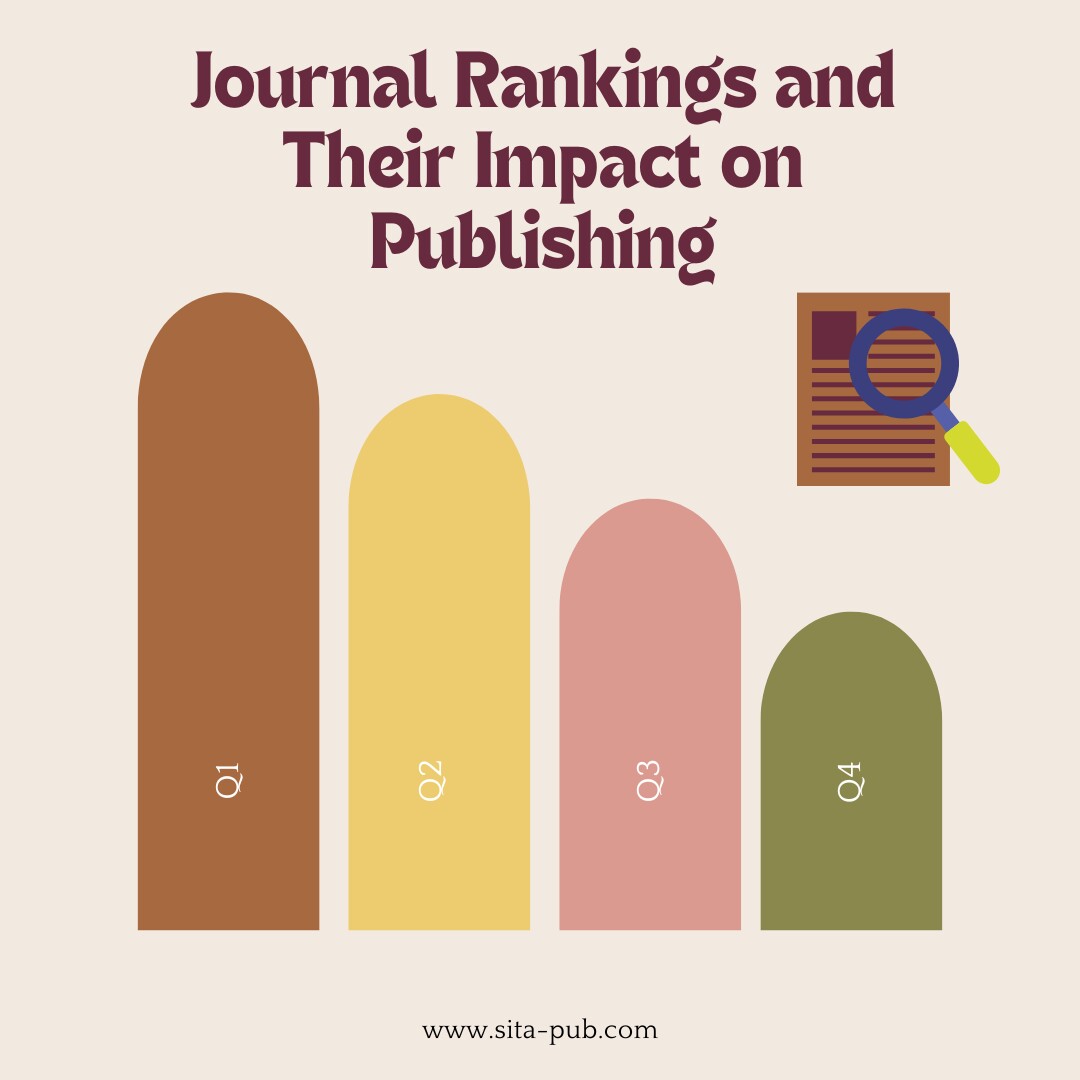Journal Rankings and Their Impact on Publishing


Choosing the right journal for your research is very important for getting noticed and making an impact. Journal ranking systems help researchers see which journals are good and influential. This guide will explain how these ranking systems work, why they matter, how they differ across fields, and what quartiles mean.
Journal ranking systems have changed a lot since the mid-20th century. At first, researchers used informal methods and personal opinions to judge journals. In the 1960s, Eugene Garfield created the Impact Factor (IF), which became a key way to measure journal quality based on how many times articles are cited. This led to other important metrics like the Scimago Journal Rank (SJR) and the h-index.
As competition for research funding and job positions grew, the importance of these rankings increased. Now, many universities prefer publications in high-ranking journals, which affects how researchers choose where to publish.
Journal ranking systems evaluate and rank academic journals based on different criteria, such as citation metrics and peer review processes. Common systems include:
Impact Factor (IF)
This measures the average number of times articles in a journal are cited over two years.
Scimago Journal Rank (SJR)
This considers how many citations a journal receives and how prestigious the citing journals are.
h-index
This shows the productivity and citation impact of a journal’s articles.

Journal rankings help researchers quickly assess a journal’s quality. High-ranking journals are often seen as more prestigious, which can improve a researcher’s reputation. Rankings affect:
Career Advancement: Many universities consider publishing in high-impact journals very important for hiring, promotions, and tenure.
Funding Opportunities: Researchers often find it easier to get funding when they publish in respected journals.

Journal rankings can also influence how journals operate. To improve their rankings, many journals may:
Increase marketing to attract better submissions.
Use stricter peer review processes to ensure high-quality articles.
Focus on publishing research that is likely to be cited often.
Journal ranking systems can vary greatly across different academic fields. Important factors include:
Citation Practices: Different fields have different norms for citations. For example, life sciences may have more citations than humanities, making comparisons difficult.
Publication Frequency: Some fields publish more often, affecting the number of articles available for citation.
Scope of Research: Medical fields may focus on clinical trials, while social sciences may focus on theoretical research.
Quartiles categorize journals based on their rankings:
Q1 (Top 25%): The highest-ranking journals.
Q2 (25-50%): Medium-quality journals.
Q3 (50-75%): Lower-ranking journals.
Q4 (Bottom 25%): The lowest impact journals.
Understanding quartiles helps researchers choose journals that fit their publication goals.
Despite their usefulness, journal ranking systems have some criticisms:
Overemphasis on Metrics: Relying too much on rankings can oversimplify quality and ignore the content's relevance.
Field Variability: Different fields have different citation norms, making comparisons challenging.
Pressure to Publish: The focus on high-ranking journals can push researchers to prioritize quantity over quality.

When choosing a journal, consider these best practices:
Align with Your Audience: Choose a journal that targets your specific research community.
Review the Journal’s Scope: Make sure your work fits within the journal’s aims and focus.
Consider the Ranking and Quartiles: Evaluate both the journal's ranking and its reputation in your field.
Look at Acceptance Rates: Journals with lower acceptance rates may indicate higher competition but also higher quality.
Understanding journal ranking systems is essential for researchers who want to publish effectively. While rankings can help guide your choices, consider other factors like your audience, the journal’s focus, and differences across fields, including quartiles. By balancing these elements, you can choose a journal that improves your visibility and makes a meaningful contribution to your field.

To find the best journals that align with your research scope, contact SITA Academy today. Our team can provide you with a tailored list of journals that suit your needs, helping you make informed decisions for your publishing journey. Don’t miss the opportunity to enhance your visibility in the academic community.
If you have any questions, inquiries, or would like to learn more about our services, please don't hesitate to reach out to us. Our dedicated team is ready to assist you.